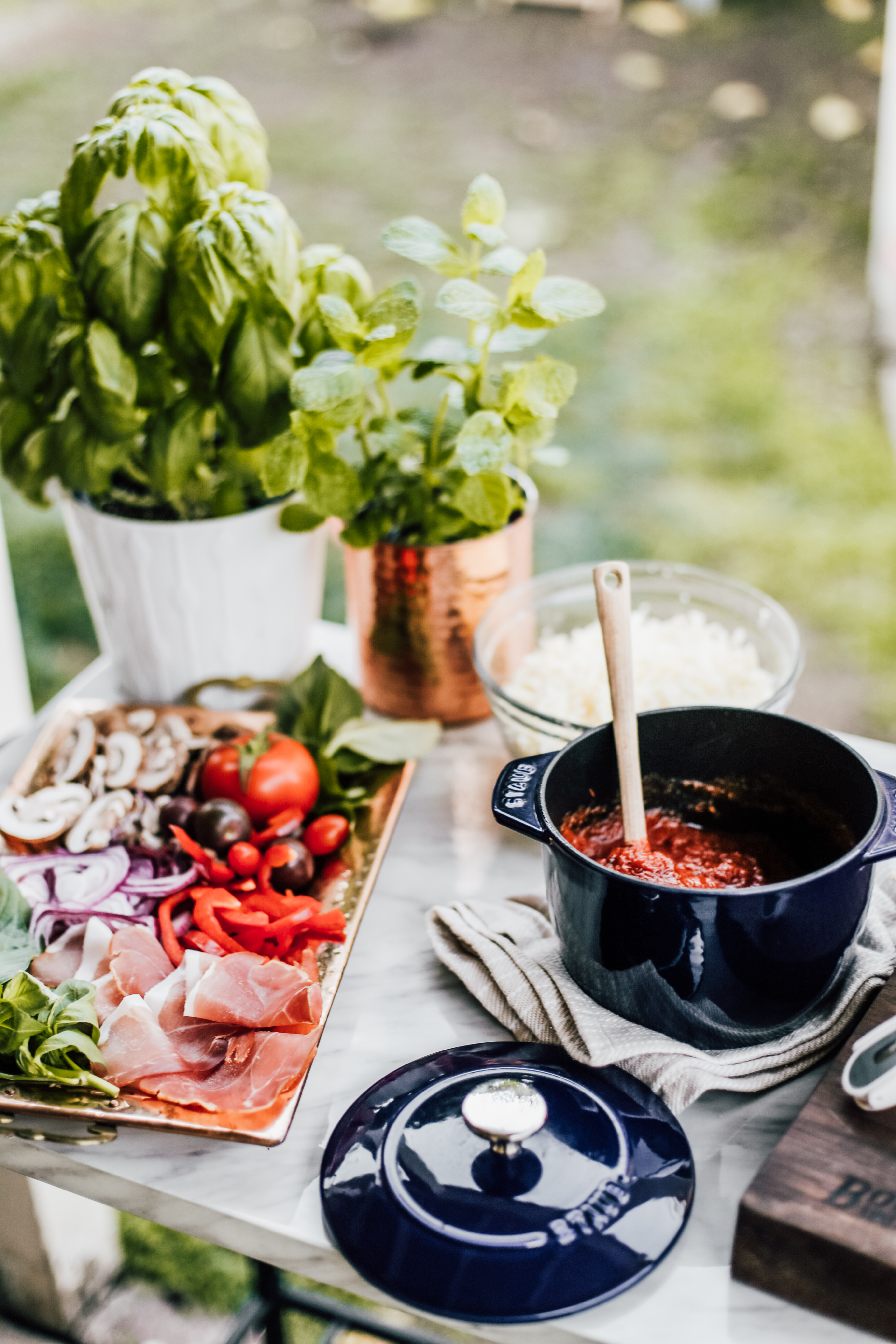by Tom Mirabile
“It’s no secret the marketplace is experiencing unprecedented and rapid changes in how consumers gather information, shop and buy products. But these changes represent tremendous opportunities for the housewares industry,” said Tom Mirabile, consumer trend forecaster for the International Housewares Association and senior vice president of global trend and design for Lifetime Brands, during his annual keynote address at the 2018 International Home + Housewares Show.
 According to Mirabile, the key to success lies in embracing – not fearing – change. He quoted author Jim Kenney from his recent book Thriving in the Crosscurrent, “We’re in the middle of a retail renaissance and yet we are often so preoccupied with simply coping that we can’t see the dramatic positive changes that are unfolding around us,” he shared.
According to Mirabile, the key to success lies in embracing – not fearing – change. He quoted author Jim Kenney from his recent book Thriving in the Crosscurrent, “We’re in the middle of a retail renaissance and yet we are often so preoccupied with simply coping that we can’t see the dramatic positive changes that are unfolding around us,” he shared.
To break things down, Mirabile discussed the five main demographics: Gen Z (ages 3-22), Millennials (22-42), Gen X (43-53), Baby Boomers (54-73) and Prime Timers (74+). He shared a wealth of influencial factors from home ownership and marriage, to income, careers and interests, but the take-home message was that there are now new ways of engaging different demographics, and most of them involve social media. “How you position yourself and your business within social media is critical,” he said.
Life patterns and what is important to people has also drastically changed. While the lives of Baby Boomers and Prime Timers often followed a set pattern (i.e. live with parents; get an education; start a career; get married; have children; children leave home), now there are many alternate scenarios. For instance, Millennials might live with friends, then get married later, but then they might get divorced and live with friends or another partner again. They might buy a home, but they might sell it, live with someone else and then buy another home later. Or they might start a career, but then take a break and travel.
With so many more choices, so much more freedom and individualization, Mirabile said, there are many more opportunities for housewares manufacturers and retailers to engage consumers and address these ever-changing life situations, offering solutions for new stages in consumers’ lives.
Another area that offers new opportunities is the mindful, healthy living movement, which comes hand-in-hand with the massive cooking phenomenon and food focus. These opportunities open layers of potential product-selling from home gardening and cookware, to smart products and objects which offer important intangibles, like time and space savings and reduced environmental impact.

“Millennials want constant reinvention and innovation,” Mirabile explained. “Now we talk to ‘tribes rather than age generations’: the foodie, the coffee snob, the wine and beer lover, etc. Tribes are groups of people who share similar interests and passions. Today’s consumers are buying experience, not just objects. They want products that promise intangibles; new knowledge, new skills and shareable experiences.”
To further his point about how things have changed, Mirabile referenced Maslow’s Hierarchy of Needs – a classic interpretation of the five stages a person goes through in life. At the base of the hierarchy are physiological needs such as air, food, drink, sex and shelter. The next level is safety (security, law, order) followed by love and belongingness (friendship, intimacy, trust). Then comes esteem (dignity, achievement, status) followed by self-actualization (self-fulfillment and ultimately happiness). Mirabile emphasized that today’s meaningful companies and brands are still focusing on addressing these ‘elemental’ needs, and not just on the latest color, material or technology trends.
 However, Mirabile pointed out that these days, the way that customers achieve a sense of happiness is completely different to what it was even 10 years ago. It’s not just buying a house or a sports car that offers dignity and prestige. Good self-esteem can be gained by meaningful connections one has on sites such as Instagram, Pinterest or Facebook. And today, self-actualization could be reached by a 10-year-old meditating or making an amazing cake and getting 1,000 ‘likes’.
However, Mirabile pointed out that these days, the way that customers achieve a sense of happiness is completely different to what it was even 10 years ago. It’s not just buying a house or a sports car that offers dignity and prestige. Good self-esteem can be gained by meaningful connections one has on sites such as Instagram, Pinterest or Facebook. And today, self-actualization could be reached by a 10-year-old meditating or making an amazing cake and getting 1,000 ‘likes’.
Despite the dramatic and fast-paced changes happening in society, Mirabile reminded the audience of several core ideals that have remained the same and one important constant: People buy things to solve a problem or to enrich their lives in some way. These days, people want to spend less time and energy on everyday life tasks. For example, look at the rise of smart products, Mirabile said. They’re all about taking the drudgery out of mundane everyday jobs and giving people the time to do what they want, when they want. Younger generations want their lives to become easier and easier, and when older generations become less mobile, it’s handy to have products that do things for you. “We’re going back to basics,” he said. “It’s still all about finding solutions that help people live their ‘best lives’.”
Another constant is that people want connection. Being “connected” today often means being connected to a device, but devices bring connections with other people and allow us to easily access information from many others. “Helping consumers connect with others, whether in person or online, must be a consideration for both manufacturers and retailers.”
A video recording of the presentation can be found on the IHA’s website in our video library.



